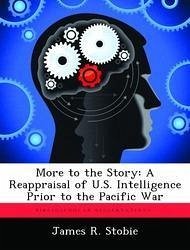Early on Sunday, 7 December 1941, the air and naval forces of the Imperial Japanese Navy attacked the U.S. Pacific Fleet at anchor in Pearl Harbor, Hawaii. President Franklin D. Roosevelt (FDR) recorded the day as "a date which will live in infamy" in his speech to a joint session of Congress. Subsequent investigations and histories judged U.S. intelligence as unprepared in its failure to predict the attack at Pearl Harbor. Yet FDR also listed the other locations Japan attacked in those first twenty-four hours starting with the attack at Kota Bharu in Malaya. Reviewing U.S. intelligence estimates and "war warning" messages against Imperial Japanese war plans and actions, U.S. intelligence understood Imperial Japan's intentions and plans far better than is recorded. Of the places listed in the 27 November 1941 "war warning"--"the Philippines, Thai or Kra [Malay] Peninsula and possibly Borneo"--two were attacked on that first day of war and the last, Borneo, a week later. On that first day of war, Japan also attacked Guam, Hong Kong, Singapore, and Wake and Midway Islands, the latter two reinforced against impending war with Japan in early December 1941 by U.S. aircraft carriers. The surprise of the attack on the U.S. Pacific Fleet overshadows the accuracy of U.S. intelligence estimates prior to the Pacific War.








